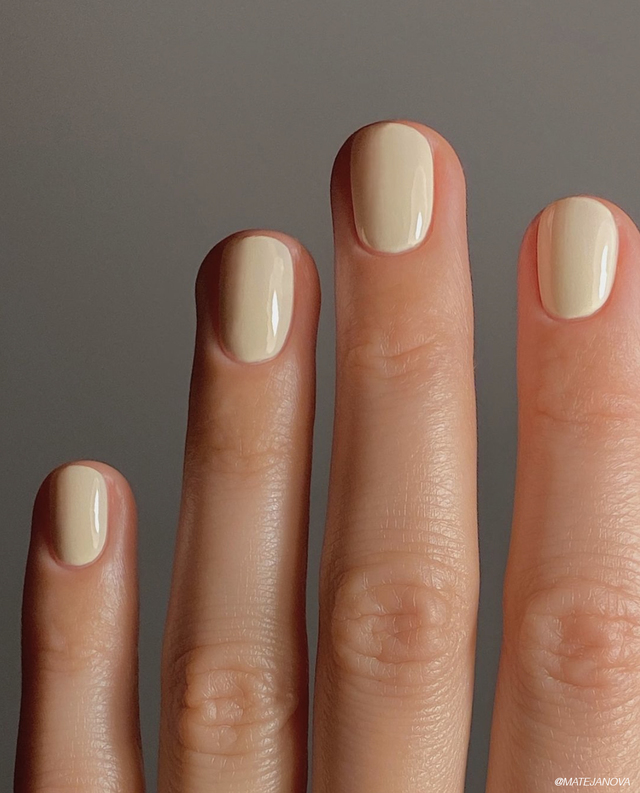One of the deadliest sins a colorist can commit? Creating an imbalance of warm and cool tones. Something as simple as an extra drop of color can mean the difference between your client looking like a golden-haired goddess or a female version of Carrot Top! And with an array of cool shades commanding attention this season, perfecting your coloring technique is more important than ever before. Here, five ways to create the ashy tones of your dreams.
Tip #1: Don’t rush it!
No matter how persistent your client may be, there is no “fast track” to lifting color. Before dying your client’s locks, thoroughly explain the process of achieving that desired shade and give her an honest time frame. Continue to have patience during each coloring session as well. Sure, you may be tempted to use an accelerator or cut the processing time short when you’re slammed with back-to-back appointments, but rushing will only result in a bad dye job (i.e. “hot roots,” discoloration, etc.). Instead, allow extra time when coloring and always follow directions.
Tip #2: The color wheel is on your side
The key to achieving the most natural-looking result? Adding blue, green or lavender boosters to your color formula. These cooler tones are ideal for neutralizing warm, brassy shades.
Tip #3: Find a balance
When attempting to achieve a cooler tone, it may be tempting to lift all the color. Our advice? Consider your client’s desired result, then map out how much warmth is required to achieve that shade. A well-developed color will feature varying levels of warm and cool tones—the artistry lies in creating the proper balance of both. For example, ash blonde isn’t always flattering on warm complexions. A slight hint of beige can make the color more forgiving.
Tip #4: At-home care is essential
Gorgeous color isn’t merely created in the salon—a consistent, in-depth at-home routine is key to achieving and maintaining cooler tones. Prior to coloring, provide your client with a breakdown of the essential steps for keeping brassy tones at bay, such as using toning shampoo 1-2 times a week, going longer in between washes, avoiding styling products that may strip their color, etc. For best results, print out a list of instructions that clients can take home with them after their appointment.
Tip #5: Schedule touch-up appointments in advance
Do not send your client home without scheduling a least 1-2 touch-up appointments before she goes. If you leave it up to the client, she may schedule her next visit too far out—or run the risk of not being able to book in time—before her color turns brassy. Schedule your client’s next appointment within 4-6 weeks to touch-up any areas of regrowth or tone her color. Emphasize that your hard work in the salon basically means nothing without proper at-home care and constant touch-ups.















